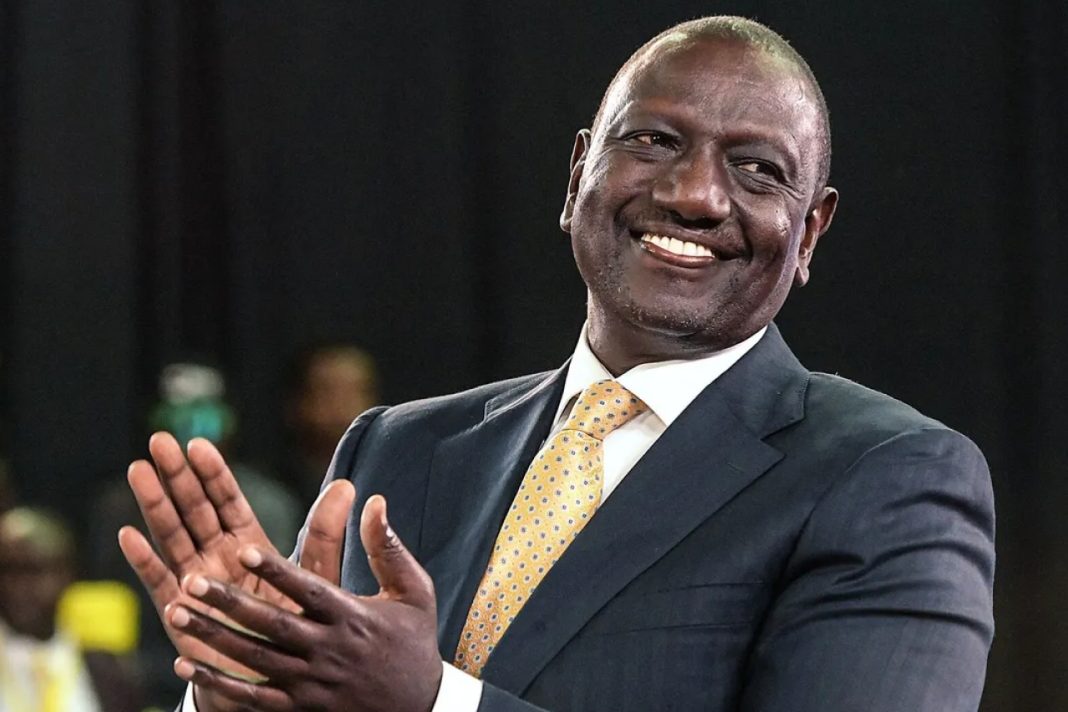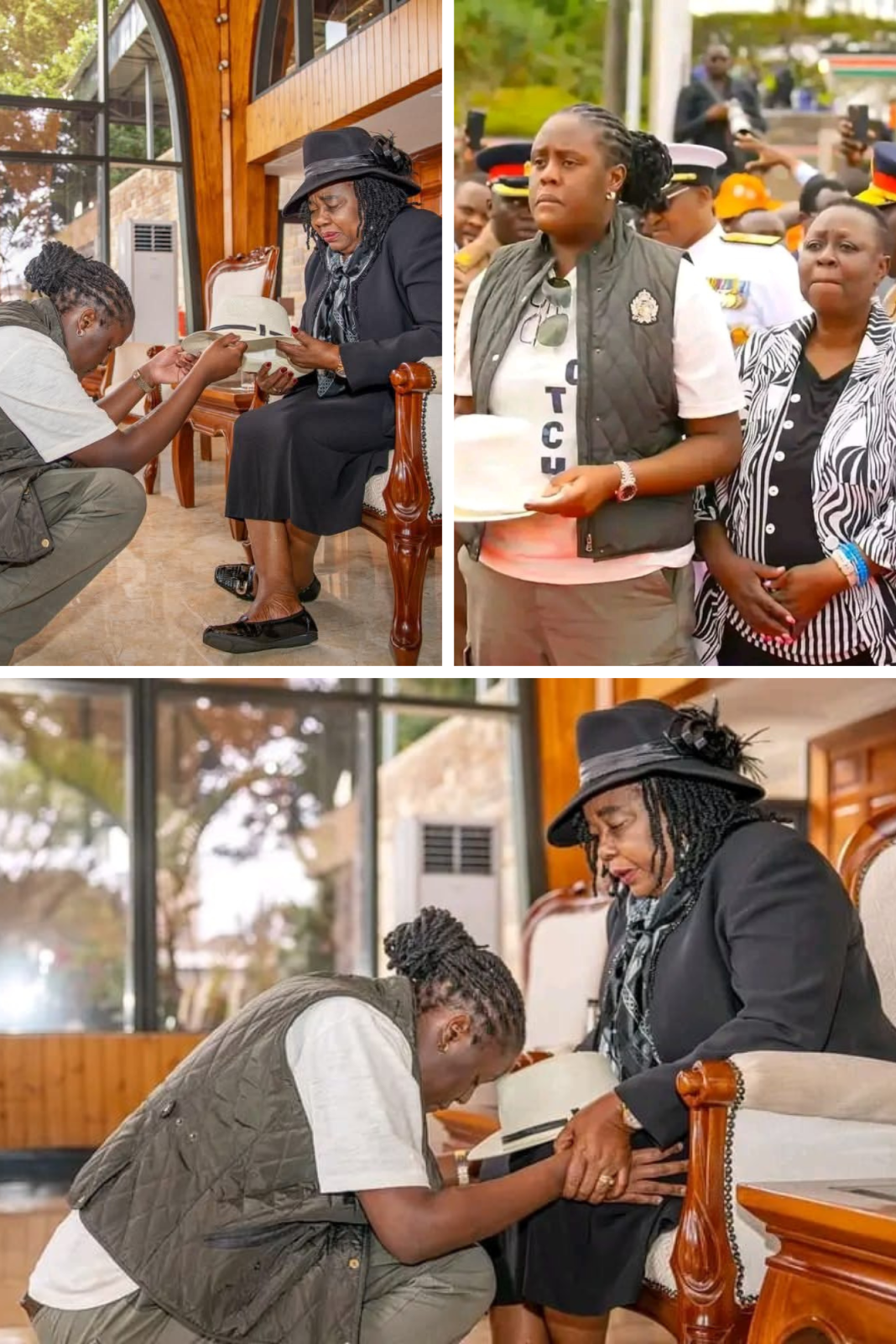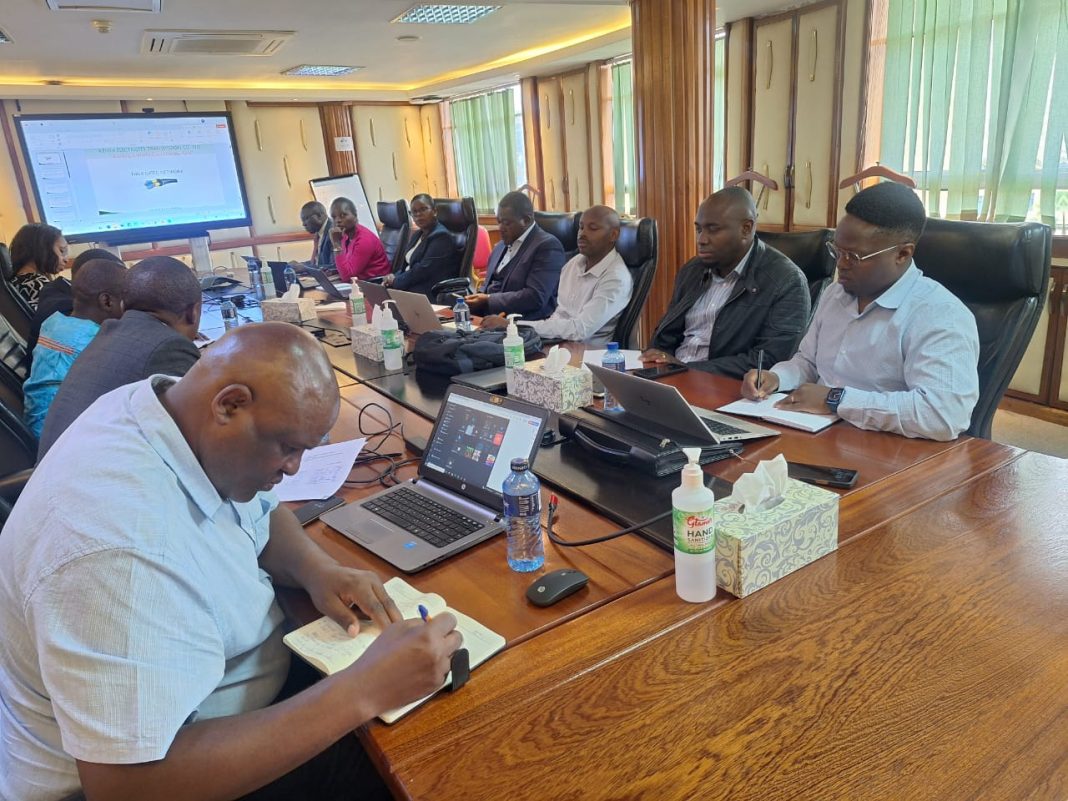By Anderson Ojwang
President William Ruto seems to be modelling his 2027 presidential campaign on the Orange Democratic Movement (ODM) 2007 pentagon model to win the second term.
Ruto seems to be borrowing heavily from the ODM 2007 campaign model and its proposed government structures, where it had the slot of prime ministers and the deputies.
Through this model, Ruto hopes and is keen to anchor his re-election on the ODM strongholds of 2007 that nearly delivered power in the controversial presidential election.
In 2007, ODM had the summit which was referred to as the pentagon, which was the apex of the party leadership.
The pentagon had representatives from Nyanza which was represented by Raila Odinga, who was also the presidential candidate.
Musalia Mudavadi represented Western Kenya and was the running mate, Joe Nyagah represented Mt Kenya, Najib Balala for the Coast and William Ruto for Rift Valley.
That is why Ruto is more committed to bringing back the pentagon structure and to onboard new teams. To accommodate the pentagon, Ruto will be forced to create two deputies prime cabinet secretary slots.
Already prime cabinet secretary Musalia Mudavadi represents Western Kenya while Raila is a partner in the broad-based government and will also form part of the pentagon.
Deputy President Prof Abraham Kithure Kindiki will represent Mt Kenya in the structure while he will give one of the deputies prime cabinet secretary positions to the Coast region and the other one to Kanu national chairman Gedion Moi to represent the Rift Valley.
In the Coast region, President Ruto has two cabinet secretaries Hasson Joho and Salim Mvurya to choose from.
In the 2007 general elections, the then President Mwai Kibaki carved Mt Kenya while ODM-K presidential candidate Kalonzo Musyoka locked the Lower Eastern.
Nairobi became the battleground. ODM won the majority of the parliamentary seats — 96 against the Party of National Unity.
President Ruto announced affirmative actions for regions that were marginalised and happened to have been ODM strongholds and moved to inject development projects in the region.
For Nyanza to be at par with other regions that have benefited from government support, he declared affirmative action for the region in development and economic growth.
“While in Homa Bay, leaders here have asked that we focus on the development of the nation and we focus on the development of this county. Let me commit that we have provided in this year’s budget enhanced resources for the development of this county. I am aware that this county and this region require affirmative action. Because for a very long time this region has not benefited from the resources and development of our country as other regions have.”
Currently, the impeached deputy president Rigathi Gachagua has been on overdrive to lock Ruto from Mt Kenya while Kalonzo enjoys the support of the lower Mt Kenya.
But the move by Ruto to bring Moi into his political fold did not go well with the united opposition, with Gachagua viewing it as a strategy to weaken the opposition.
“He knows that for him to remain in power, he has to divide the voters of Mt Kenya, but we are not fools; we have decided to put our votes in one basket. Let us not accept being divided by him and his people. You asked me to unite the mountain and then focus on bringing our cousin together. I did it and we now have Kalonzo here, who is our cousin. Now that I have completed unity of my people and by the way, the President tried to divide Mt Kenya East and West and I stopped him. I will never allow him and it will never happen. I have completed 98 per cent uniting my people to speak the same language and to have a single political party that is strong, now we are reaching out to other Kenyans,” he said.
Gachagua has warned that his DCP party will dominate Mt Kenya region politics in the 2027 general election, and that anyone who will not have joined DCP in the run-up to the polls will have committed political suicide.
For Ruto, the ODM model could be a guarantee to a second term.




